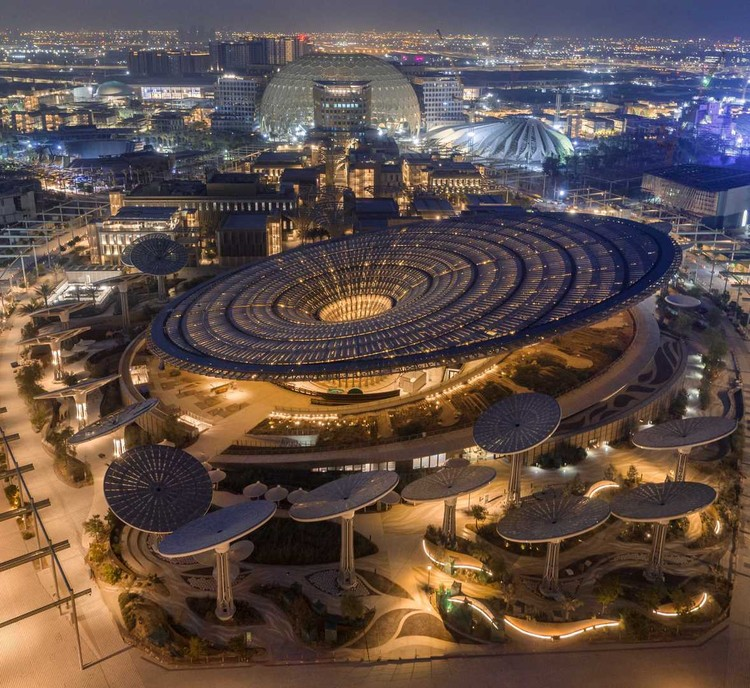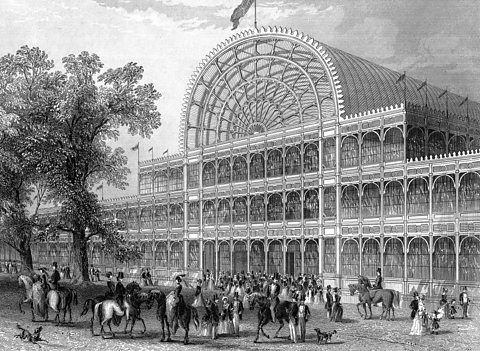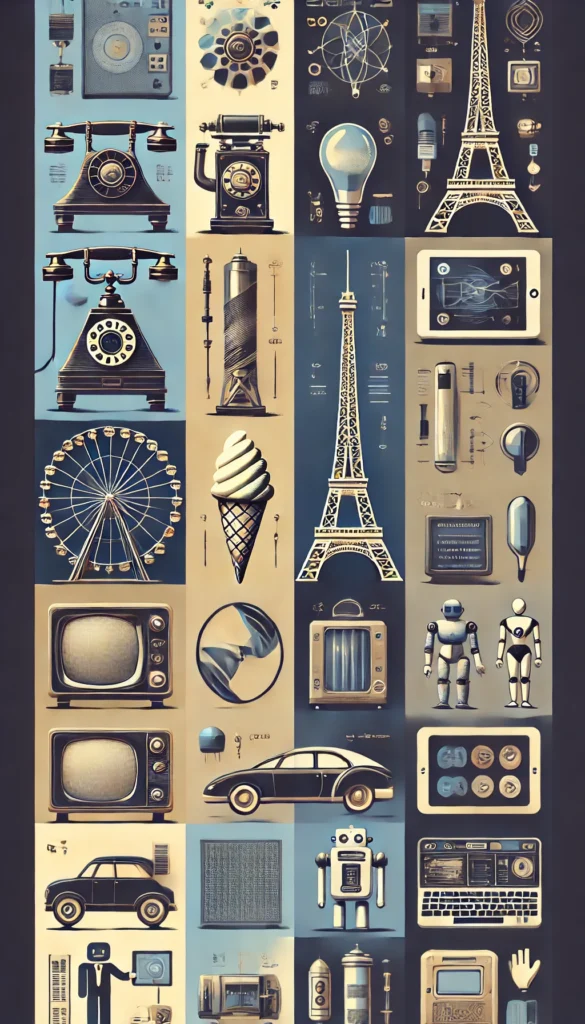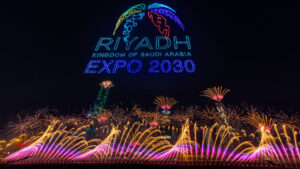The World Expo is an event that brings people and innovations from around the world together to address global problems.

The beginnings of the World Expo
Did you know that the first public exhibition took place in Paris in 1798? It was called the “Exposition publique des produits de l’industrie” (Public Exhibition of Products of Industry) and was held at the Palais d’Orsay. As the name indicates, the purpose was to exhibit the best and newest industrial products, and a jury of nine distinguished scientists and artists was assembled to judge them.
The event was extremely popular and successful. Consequently, the government decided to adopt the idea and carry it out on a large scale. However, the French Revolution caused the exhibition to be organized intermittently. It was not until 1827 that it began to be held regularly every five years.
Great Exhibition, 1851
International exhibitions began in 1851 with “The Great Exhibition of the Works of Industry of all Nations”, held in London under the stained glass windows of Joseph Paxton’s Crystal Palace. This huge metal-and-glass building set the standard for future exhibition architecture and strongly marked the history of the Western world. The organizers were Queen Victoria’s husband, Prince Albert, and Henry Cole, a member of the Royal Society for the Encouragement of Arts, Manufactures, and Commerce council.
Construction of the Crystal Palace began in 1850, with about 5,000 workers erecting the 564-meter-long, 33-meter-high structure in one year. Queen Victoria opened the Great Exhibition on May 1, 1851.

Six million people passed through the glass doors during the event, which ran from May to October. It proved to be the most successful exhibition ever organized and became one of the defining points of the 19th century.
Not only was the Great Exhibition self-financing, it also generated a small profit. In fact, it generated enough profit for Henry Cole to realize his dream of a museum complex known in his time as Albertopolis. This complex is located on an estate in South Kensington that houses: The Science Museum, The Natural History Museum, The Victoria and Albert Museum, The Imperial College of Science, The Royal College of Art and The Royal Albert Hall.
The Top 10 best inventions presented at the World Expo throughout history.

- THE TELEPHONE. The first World’s Fair held in the United States opened in Philadelphia in 1876. There, visitors were introduced to the telephone, an invention that would forever change the way we communicate.
- THE EIFFEL TOWER. Built for the Paris Universal Exposition of 1889, the Eiffel Tower was the world’s tallest building at the time. Though surpassed in height by more recent buildings, it remains one of the city’s and the world’s most important symbols.
- THE FERRIS WHEEL. This popular attraction first debuted at the 1893 Chicago World’s Fair. It was named and designed by George Washington Gale Ferris, Jr.
- THE X-RAY MACHINE. This marvel of medical technology was introduced at the 1901 World’s Fair in Buffalo, New York.
- THE ICE CREAM CONE. It is not only technical inventions that dominate World’s Fairs. In 1904, at the St Louis Exposition, the ice cream cone was introduced, revolutionizing the way we enjoy ice cream to this day.
- TELEVISION. It was at the 1939 World’s Fair in New York where the first live television broadcast took place.
- IMAX CINEMA. By using higher resolution, IMAX made it possible to project images on larger screens than ever before. The first screening took place at the Fuji Pavilion at the 1970 World Expo in Osaka.
- TOUCH SCREEN: It made its debut at the Specialty Expo in Knoxville, U.S.A., in 1982, which had the theme “Energy Transforms the World.”
- HYDROGEN FUEL CAR: BMW presented the world’s first mass-produced hydrogen fuel cell car at the 2000 Hannover World Expo.
- THE HUMANOID ROBOT. When the 2005 World Expo opened in Nagoya, Japan, not all of the workers on site were human. Among the staff were humanoid robots performing various roles, including receptionists and artists. This was somewhat contradictory, as the theme of the Expo was “The Wisdom of Nature.”
From Global Fair to Innovation Catalyst for a Sustainable Future
For meeting planners, World Expos represent more than global showcases—they are strategic platforms for innovation, networking, and professional development. These events offer access to emerging markets, groundbreaking technologies, and cross-sector collaboration in an immersive setting that’s ideal for hosting corporate meetings, incentive travel programs, and large-scale conferences.
From the innovation-driven Expo 2020 Dubai to the upcoming Expo 2025 Osaka, and looking ahead to Expo 2030 Riyadh, each iteration has elevated the bar for what global events can achieve. Beyond the opportunity to connect, engage, and co-create the future, World Expos serve as powerful learning experiences—reminding us of the responsibility to improve the world we live in.
With a strong focus on sustainability, these events aim to inspire action toward the United Nations’ 2030 Sustainable Development Goals. Expo 2030 will go even further, with the ambitious objective of achieving negative carbon emissions, setting a new global standard for environmentally responsible event planning and legacy-building.


As history has shown, these events are often the stage where the future is unveiled. The next Expos are poised to introduce the world to groundbreaking innovations, from hydrogen-powered mobility to humanoid robotics and next-gen digital interfaces, setting new benchmarks in how we live, work, and interact. For meeting planners, this offers a rare chance to witness and be part of history in the making.



